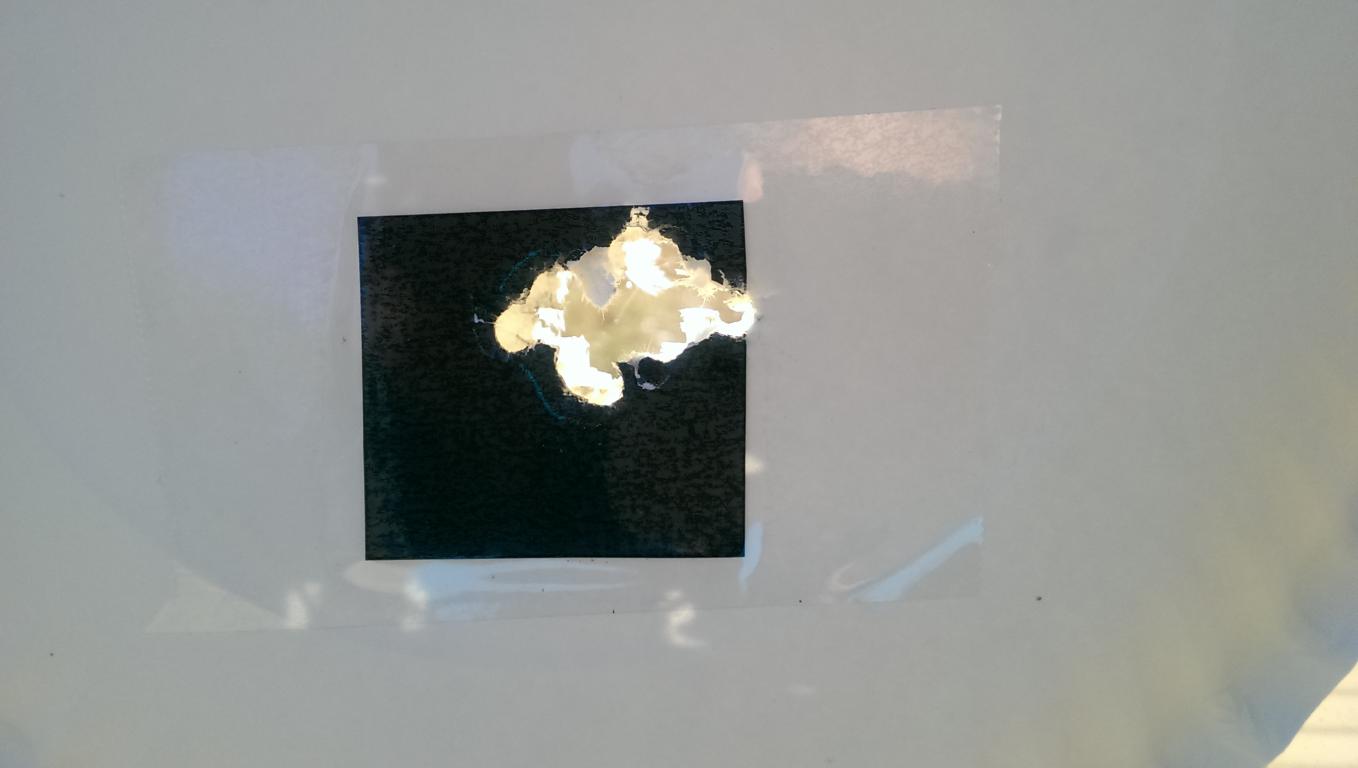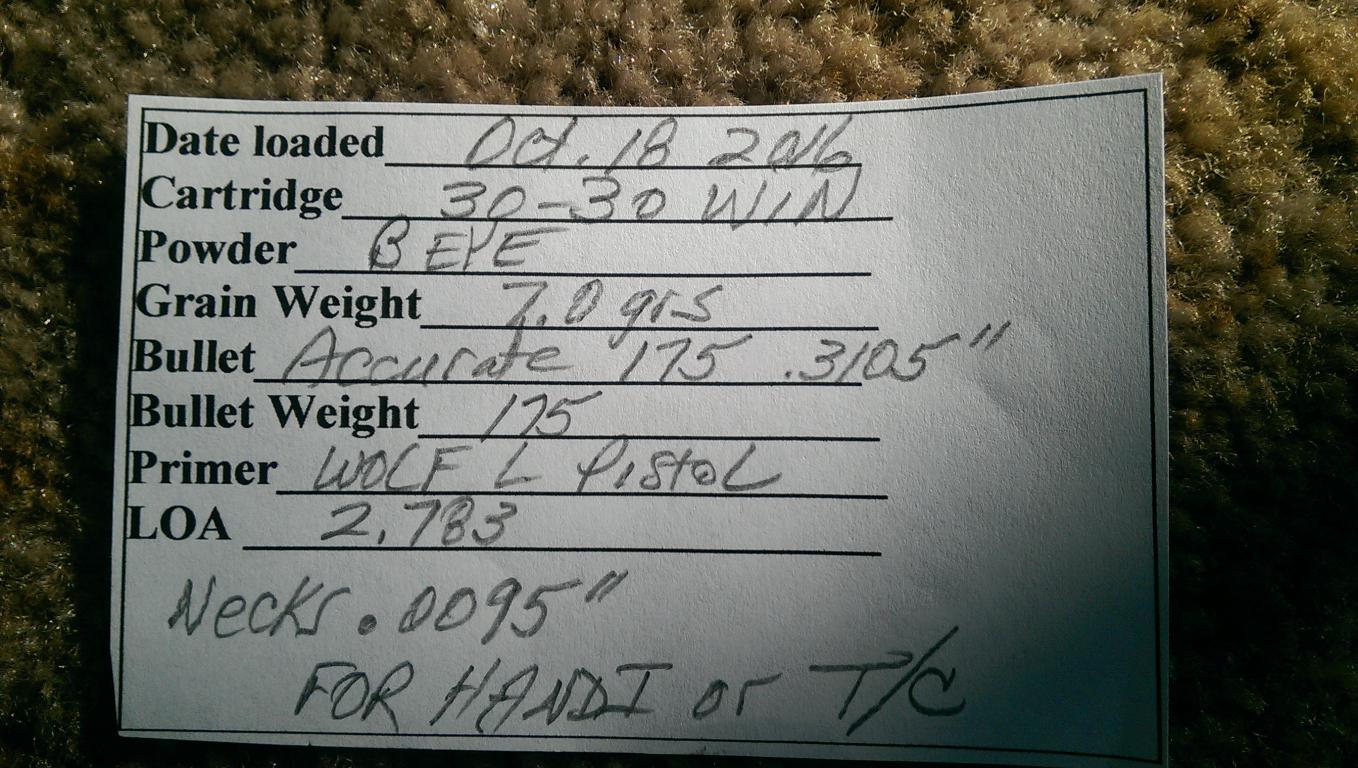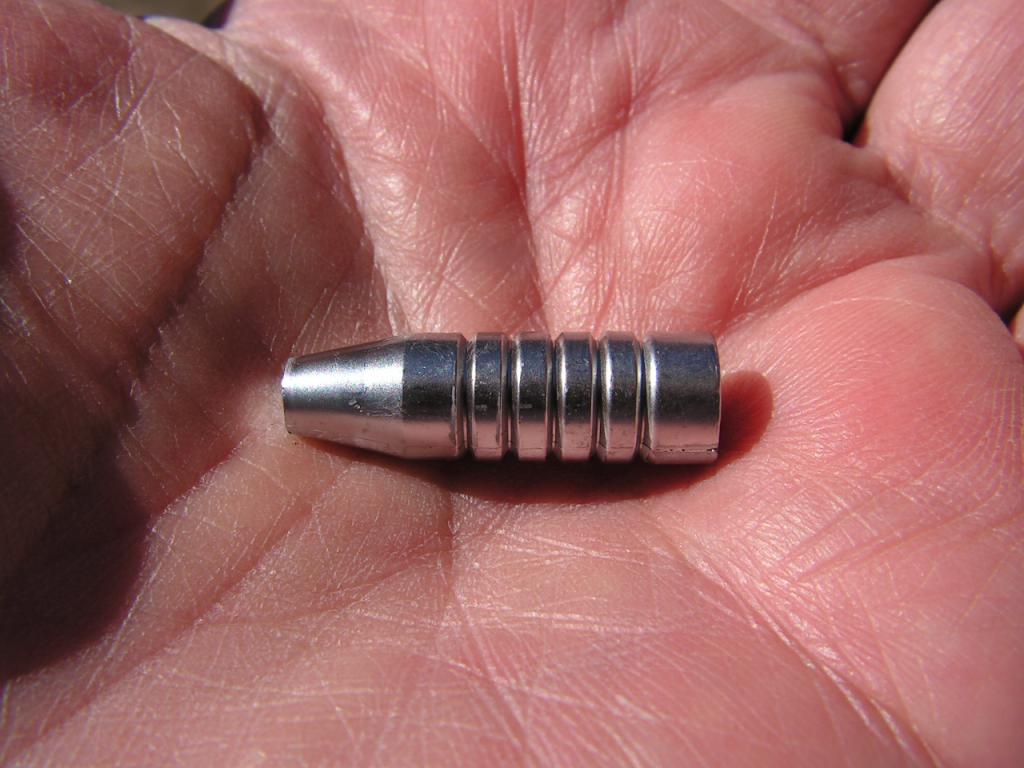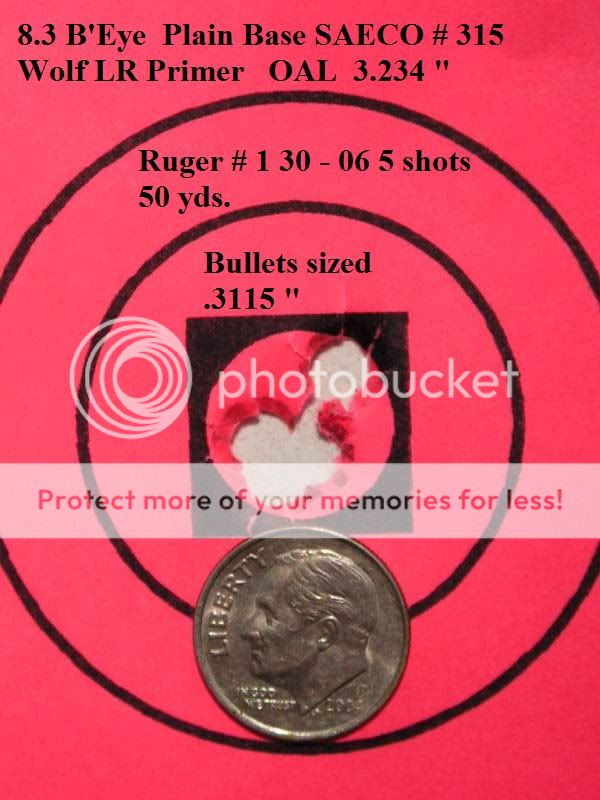With a bullet that small it will rely entirely on the throat/ball seat part of the barrel to align the bullet. The case neck won't do much for you here, but will do a LOT against you. Using a bushing/body combo neck sizer that reduces the neck ID only the amount required for bullet tension, and adjusting the body sizing portion so that it just "kisses" the case body but still acts to keep the body and neck bushing in line with each other perfectly will go a long way toward making your brass snug in the chamber and case necks concentric with the bore. Using a standard die set with the button expander is a sure way to drag neck material off-center (due to case shoulders always having a thin side that yields first). A bushing neck die set up short of FL sizing will also leave an unsized portion at the base of the neck which will help "pilot" the case neck securely in the chamber.
The reasoning behind all this is to give a short bullet, or any cast bullet, for that matter, a fighting chance at entering the throat straight by being guided from behind. Actually, per first sentence of this post, that's not entirely an accurate way to put it....to say that what you are really trying to accomplish is only PREVENT the case neck from causing the bullet base to go sideways would be more true. Once pressure reaches a certain point the neck will blow out to fit the chamber neck no matter what, so really these sizing tricks are best with hard case necks and loads which don't exceed the neck's yield strength until the bullet is actually going into the throat. The alloy the bullet is made of and how large it is in relation to the throat entrance will determine how much engraving resistance it has and whether the bullet moves forward out of the neck before or after the neck has expanded. Pistol powders and too-hard/too large bullets tend to pop the case neck all the way against the chamber walls before the bullet even moves, leaving the bullet body to hang in space as it were, but sometimes you can build a very good 1200-1500 fps PB load based on a little bit slower powder and use a soft, ductile bullet which will pass through the throat It's all a matter of timing, and the timing is all about the dymanic balance between powder and alloy.








